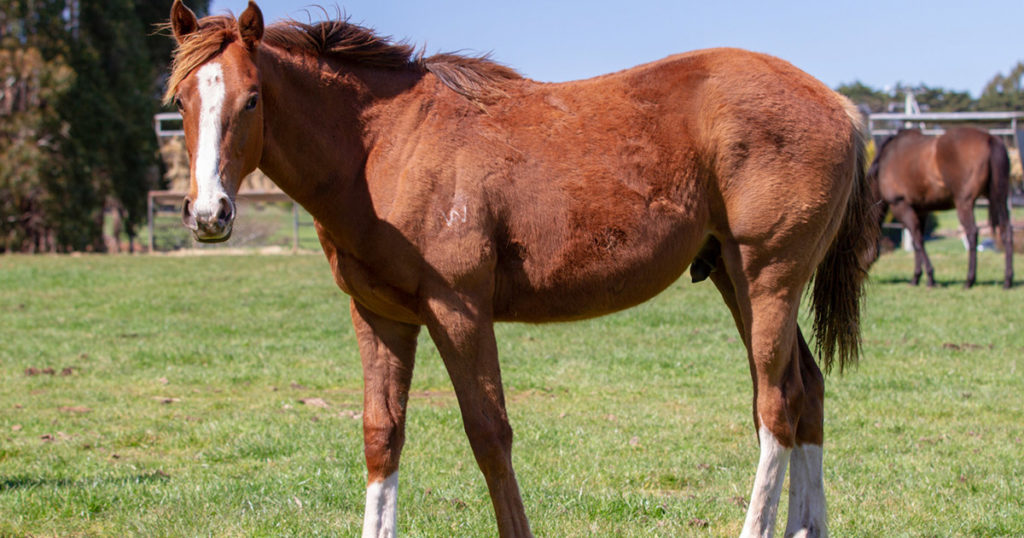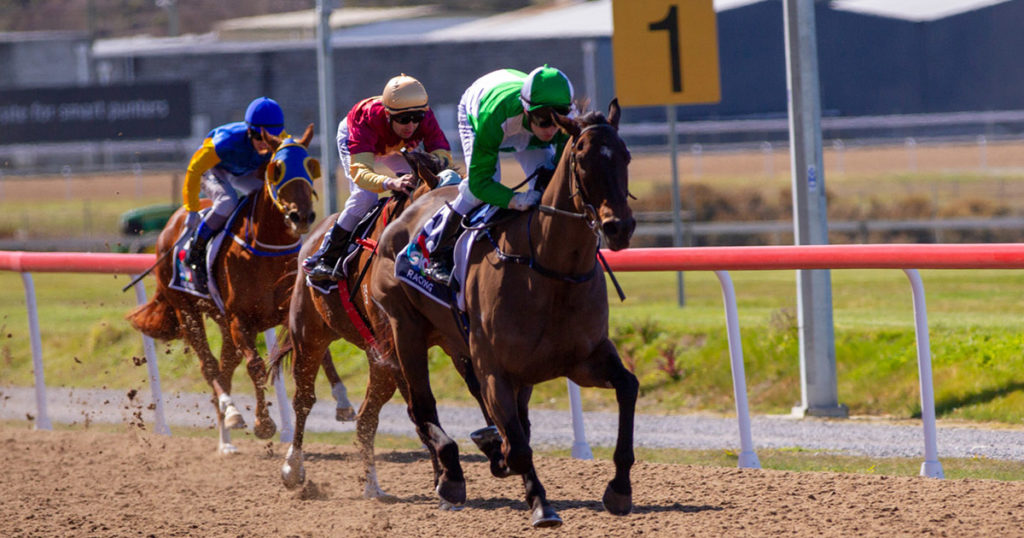Placentitis. It is the most common cause of late pregnancy loss in mares. It causes many a stud manager and breeder a lot of grief. It costs a lot of money and time. And it goes without saying that it has non-favourable effects on both mare and foal.
Yet current routine approaches aren’t necessarily addressing all contributing factors to this problematic condition, and doing so in a way that optimises both mare and foal health.
What is commonly know/accepted is that:
- A major cause of placentitis is due to bacterial or fungal infection that enters via the vagina and breaches the cervical barrier, a process known as ascending placentitis.
- Aspiration of air and faeces into the vagina can occur in mares with poor conformation or injury to the cervix or vulvar opening, further contributing to/exacerbating the problem.
What is less commonly accepted or adequately addressed is that:
- The infection breaching the cervical barrier involves the presence of abnormal bacteria in the reproductive tract. Production of enzymes by these bacteria is thought to degrade the mucus lining the vagina and cervix (which serves to provide a protective barrier mechanism) allowing bacteria access to the placenta.
Whilst these bacteria may be ‘held at bay’ through antimicrobial use, the use of these drugs alone, without adequately addressing and facilitating optimal microflora balance post using them sets up a self-perpetuating and vicious cycle. Whilst the use of antibiotics eliminates the pathogenic, harmful bacteria, they also eliminate any helpful and favourable bacteria and microbes too. This is compounded by the use of NSAIDs. In reality, what this means, is that unless actions are taken to promote and sustain a favourable microbial balance, as soon as the mare comes off medications, a compromised micro-environment is set up, which in theory puts her at greater risk of infection. Mares then cycle on and off these medications or stay on them- further compromising microflora balance and vaginal and cervical epithelial integrity.
Add to this the fact that neither the antibiotics nor NSAIDs directly provide substrates needed to restore optimal vaginal and cervical mucosal lining and function.
If this isn’t enough cause for concern- keep in mind that the foal’s immune system is largely influenced by the microbial population it comes into contact with as it passes through the birth canal of the mare. Remember, this mare has an unfavourable microflora balance- thereby essentially programming the foal’s immune system in a way that does not set it up for the best health for life.
We need to break the cycle. We need to change our approach. We need to adequately address contributing factors rather than just suppressing what is there and resigning to the fact that placentitis is a major problem that is hard to treat.
Doing the same thing over and over again and expecting different or improved results is madness. If your mare is worth spending all the time and cost of a conventional treatment regime for placentitis, she sure as hell is worth spending the time and money on addressing the causes and providing effective solutions.

Camilla Whishaw is a highly regarded, experienced horsewoman and naturopath, helping to holistically treat and manage a broad range of equine health conditions and injuries, with a passion for mare and stallion fertility.
As a world-renowned practitioner, presenter, author, and consultant in the field of Equine Naturopathy, Camilla shares her knowledge through keynote presentations, interviews, lectures, panel sessions, and workshop training.





